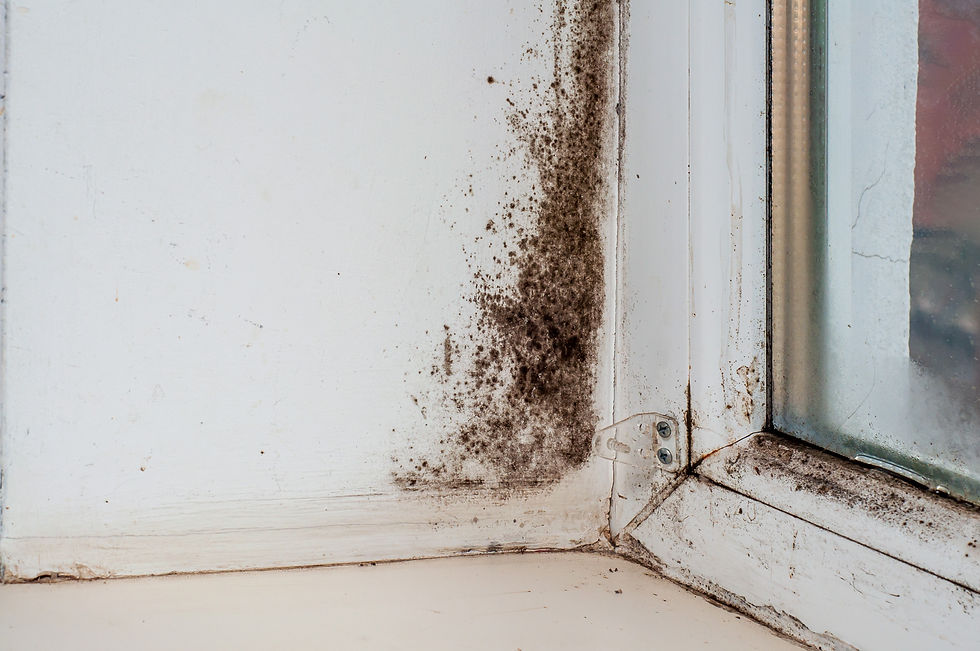A white paper on the benefits of both 70% alcohol and alcohol-free sanitisers
- Cleenol
- Dec 22, 2020
- 2 min read
As the public navigates the countermeasures to the pandemic, clear information on the viability of both 70% alcohol and alcohol-free hand sanitisers is vital for people to stay safe and healthy. This paper presents a side-by-side comparison of the science, standards and use cases of both 70% alcohol and alcohol-free hand sanitisers. This information aims to help consumers make informed decisions on the product(s) they choose to use to protect themselves in the ongoing fight against the virus.
Key takeaways:
Both 70% ethanol alcohol and alcohol-free hand sanitisers are safe and effective in the fight against coronavirus.
Both 70% alcohol and alcohol-free hand sanitisers have passed identical, independently certified European Standard tests, including tests on skin.
70% alcohol hand sanitiser is the World Health Organization (WHO) recommended product and offers a faster virus kill time after application than alcohol-free sanitiser.
Alcohol-free hand sanitiser offers longer protection against bacteria and viruses, so in certain circumstances where someone is exposed for an extended period, alcohol-free should be considered a superior option.
A comparison between alcohol-free and 70% alcohol hand sanitisers
Alcohol Free Hand Sanitiser1
| 70% Alcohol Hand Sanitiser1
| Comments on comparison
| |
Effective against | Bacteria and viruses | Bacteria and viruses | |
Kill time after application | Bacteria - 1 minute Viruses - 2 minutes | Bacteria - 1 minute Viruses - 1 minute | 70% alcohol sanitiser has a quicker kill time for viruses than alcohol-free sanitiser, however kill time for bacteria is the same. |
Residual defence against bacteria and viruses after application | Up to 4 hours2 | Up to 2 minutes | Alcohol-free sanitiser offers significantly longer protection against bacteria and viruses than alcohol sanitiser. |
European Standards | BS EN 12763 BS EN 15004 BS EN 144765 | BS EN 12763 BS EN 15004 BS EN 144765 | Both sanitisers are subject to identical, independently certified testing methods, including tests on skin. |
Halal-certified | Yes - certified by the Halal Monitoring Committee (HMC) | No | |
Active substances | Benzalkonium chloride (BKC) and Didecyldimethylammonium chloride (DDAC) | Ethanol | Alcohol-free sanitiser is softer on the skin. The active substances do not strip away oils in our skin that retain moisture to the same extent as 70% alcohol sanitiser. |
WHO-recommended (as of August 2020) | No | Yes | Alcohol is the most widely available antimicrobial chemical, and breweries have been able to satisfy the extra demand caused by coronavirus. 70% alcohol hand sanitiser is also easy to manufacture, helping the supply chain when demand is high. |
Cleenol hand sanitisers: Cleenol offer both 70% alcohol and alcohol-free sanitizers
Sidney W. Bondurant, Collette M. Duley, John W. Harbell (2019) Demonstrating the persistent antibacterial efficacy of a hand sanitizer containing benzalkonium chloride on human skin at 1, 2, and 4 hours after application. American Journal of Infection Control 47: 928–932
BS EN 1276 is a European Standard test method that evaluates the efficacy of a disinfectant against bacteria such as MRSA, Salmonella typhimurium, E. Coli, Enterococcus hirae and Pseudomonas aeruginosa.
BS EN 1500 is a European Standard test method, required by the NHS, that evaluates the efficacy of a hygienic handrub by measuring the number of viable bacteria remaining on the fingertips of human participants after contamination and handrub exposure
BS EN 14476 is a European Standard test method that evaluates the efficacy of a disinfectant against enveloped viruses. Annex A of BS EN 14476 includes coronavirus in the examples of enveloped viruses.
Contact information:
Jonathan Cottrill Technical Managertechnical.enquiries@cleenol.co.uk



